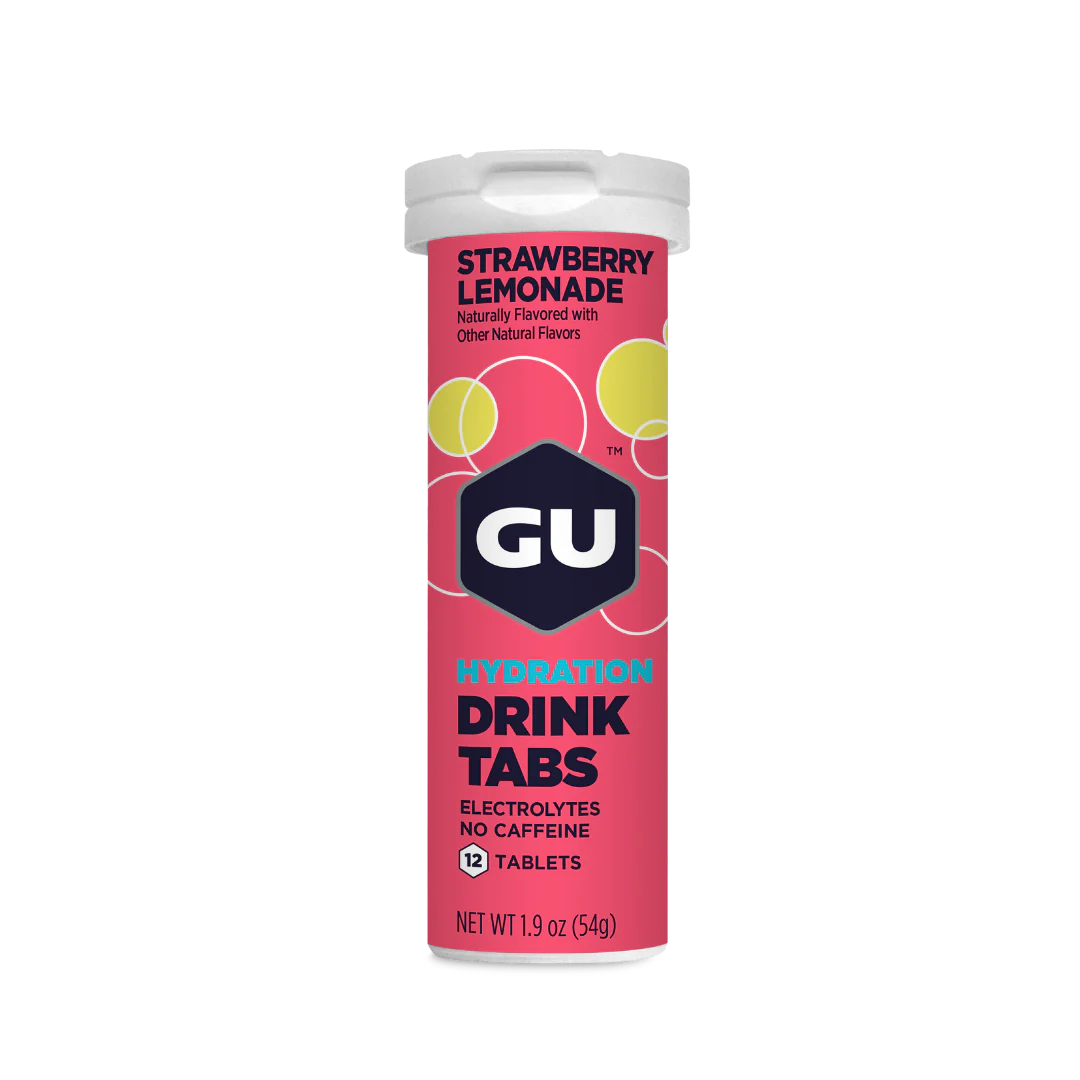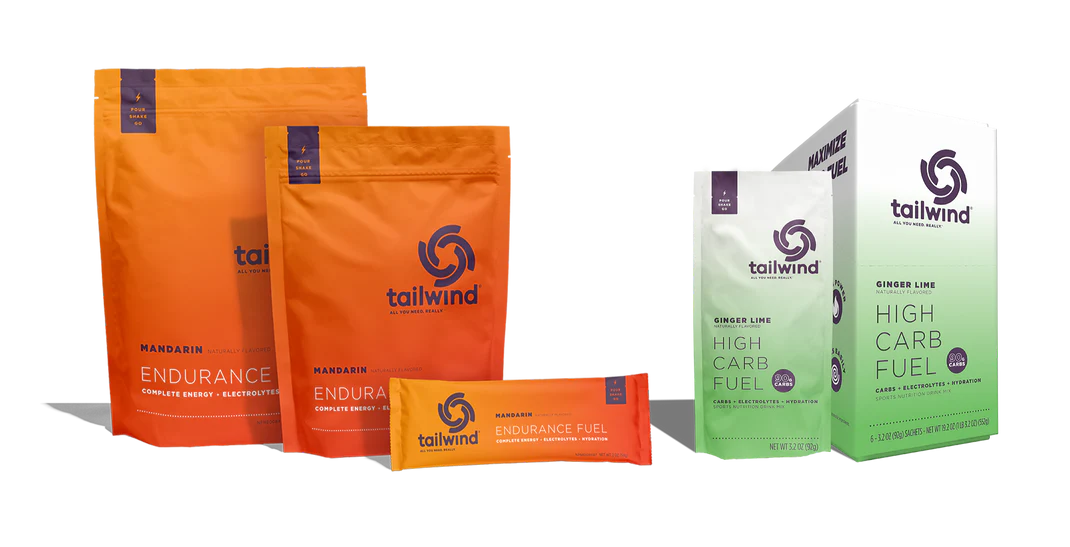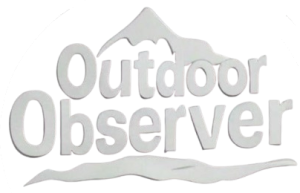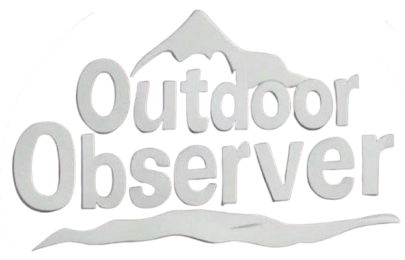This Content Is Only For Subscribers
Completing a triathlon is a remarkable physical and mental achievement. But what happens after the race is just as crucial as the preparation leading up to it. Proper recovery can protect athletes from injury, speed up muscle repair, and restore energy levels for future challenges.
The First 24 Hours Matter Most
In the immediate aftermath of a triathlon, the body is highly stressed. Muscles are inflamed, glycogen stores are depleted, and hydration levels can be dangerously low. Experts recommend starting recovery within 30 minutes of finishing the race:
Rehydrate thoroughly with electrolyte-rich fluids, not just water, to replace minerals like sodium, potassium, and magnesium.
Eat a balanced meal or snack combining carbohydrates and protein at a ratio of about 3:1, promoting muscle repair and replenishing glycogen.
Nutritional Support for Recovery
Nutrition plays a powerful role in post-race recovery. The focus should be on:
Protein to rebuild muscle fibers.
Complex carbohydrates to refill energy reserves.
Antioxidant-rich foods like berries, leafy greens, and nuts to fight inflammation.
Omega-3 fatty acids from foods like salmon or chia seeds to aid in reducing muscle soreness.
Two Trusted Brands for Recovery Nutrition
GU Energy Labs

GU is a brand highly respected among endurance athletes. Their GU Recovery Drink Mix delivers a precise blend of whey protein isolate, fast-acting carbohydrates, and essential electrolytes. It’s specifically designed for immediate post-exercise recovery and is commonly seen at major endurance events. According to GU’s sales data from early 2025, their Recovery Drink Mix remains one of the top choices among Ironman finishers.
Tailwind Nutrition

Tailwind’s Recovery Mix is another standout, beloved for its clean, non-GMO ingredients and smooth taste. It combines complete proteins with simple carbohydrates and has been praised by athletes who prefer an easy-to-digest option after grueling races. In 2025, Tailwind reported a 15% increase in sales, driven largely by word-of-mouth among triathletes and ultrarunners.
Additional Recovery Tips
Active Recovery: Light swimming, cycling, or walking promotes blood flow without overloading sore muscles.
Sleep: Deep, uninterrupted sleep is one of the most powerful recovery tools. Aim for at least 8 to 10 hours for a few nights post-race.
Massage and Foam Rolling: These techniques can help release tension, improve flexibility, and prevent stiffness.
Mental Recovery: Post-race blues are real. Reflecting positively on the achievement and setting new goals can help maintain mental balance.
Recovering from a triathlon is as much a science as it is an art. Paying close attention to nutrition, hydration, rest, and emotional well-being ensures that the body and mind are ready for the next adventure. As endurance sports grow more competitive, smart recovery strategies are no longer optional—they’re essential.



